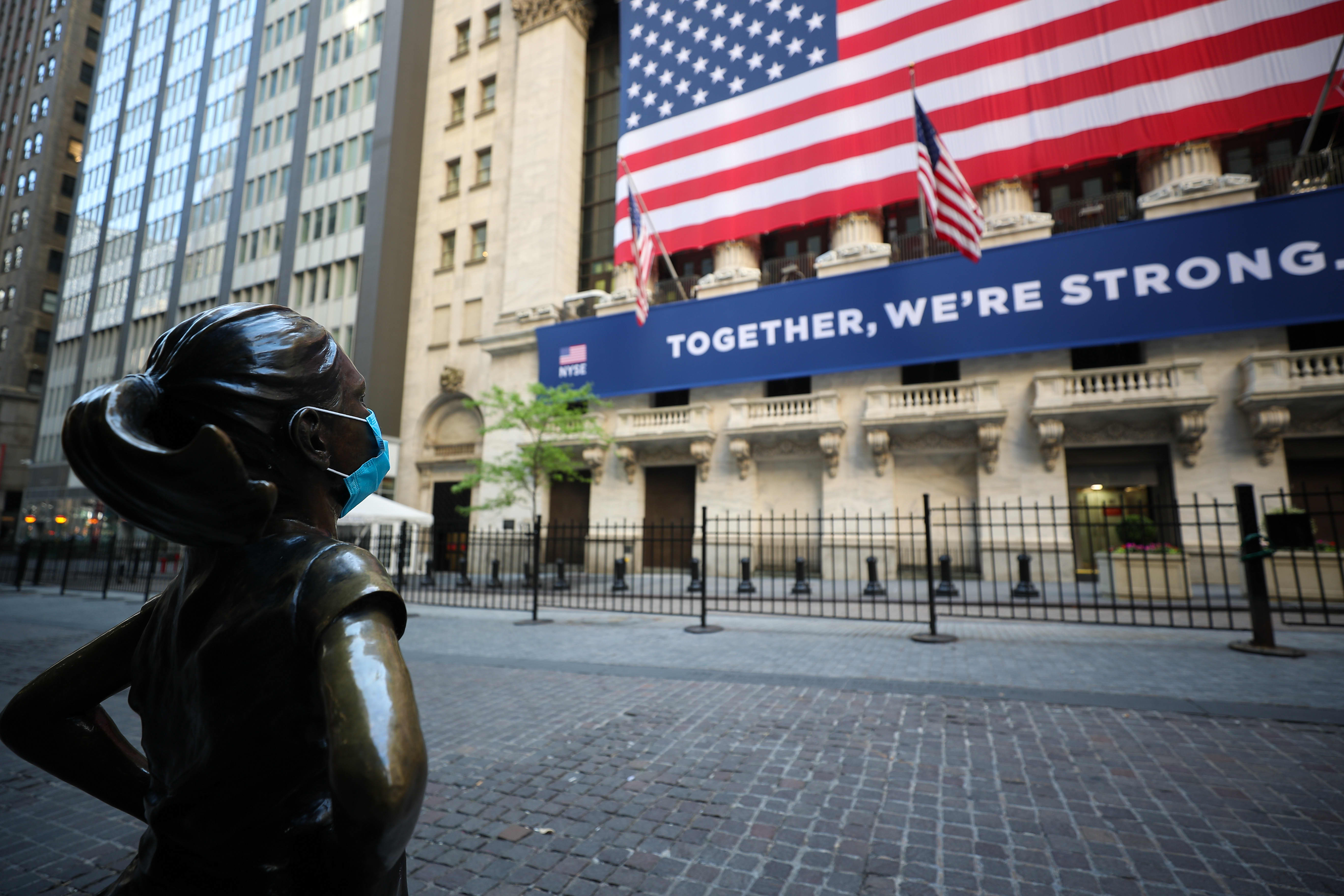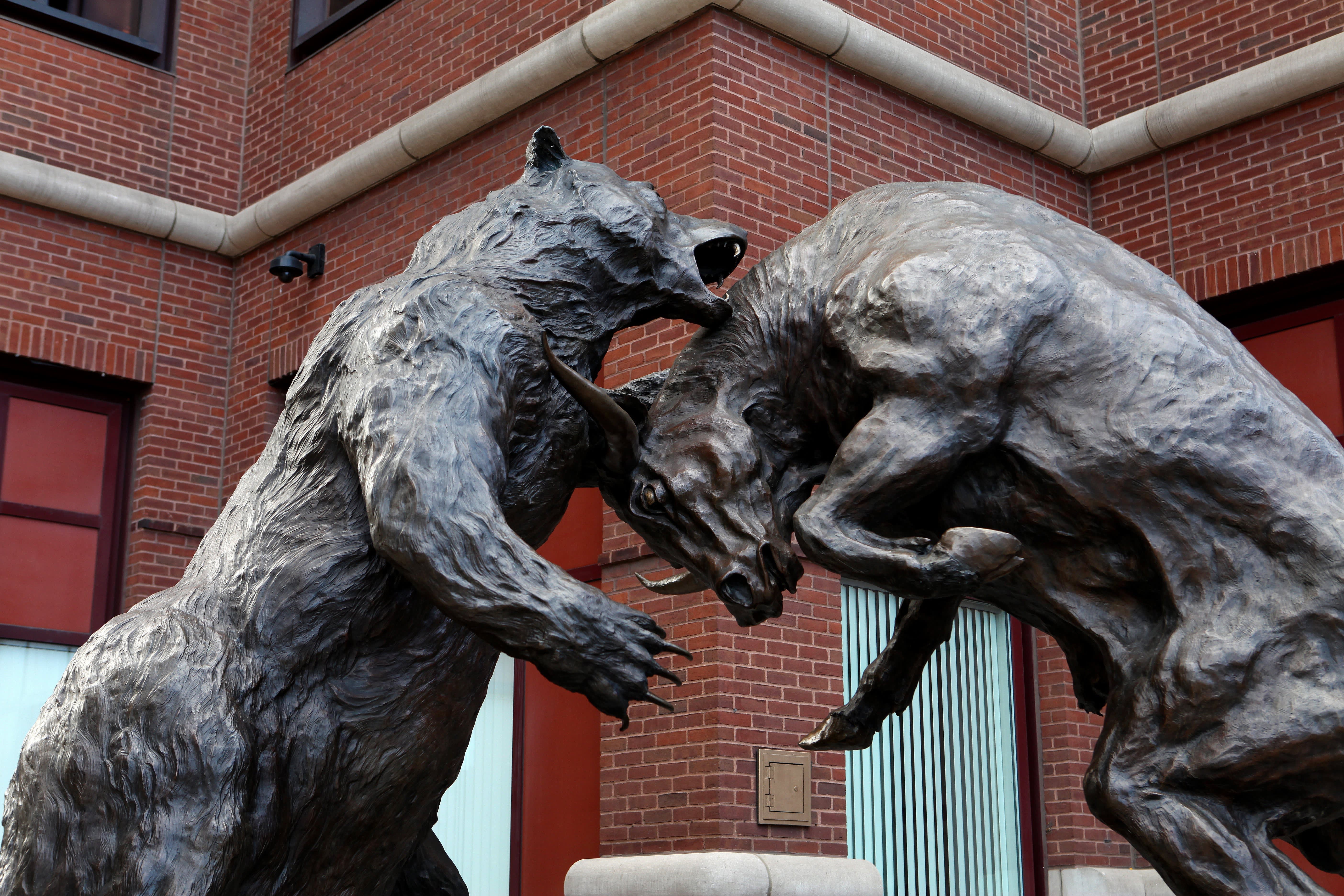“The legal doctrine of stare decisis requires us, absent special circumstances, to treat like cases alike,” Roberts wrote, adding, “Louisiana’s law cannot stand under our precedents.”
It was the biggest abortion case of Trump’s presidency so far and a profound disappointment to conservatives who hoped that a Supreme Court freshly stocked with two of his hand-picked justices would uphold state laws sharply restricting or essentially making abortion inaccessible. What’s more, it followed two other cases in recent weeks — one on immigration, the other on gay and transgender rights — in which Roberts infuriated Trump by joining the four liberal justices to uphold protections that had once seemed destined to fall in a court with a 5-4 conservative majority.
“I have urged caution about whether he is the swing vote, but I think the evidence of that is mounting,” said Stephen Wermiel, a professor of constitutional law at American University. “But it also important to keep in mind that if he is a swing vote, he is the most conservative swing vote we have seen in decades.”
Roberts’s decisions in the abortion and immigration cases were not sweeping defenses of liberal principals but narrow and technical. They have made him a swing vote that neither side on America’s political battlefield feels they can fully trust — a factor that could catapult the future of the court to the fore of the presidential election.
Republicans are already seizing on Roberts’s willingness to uphold precedents they disagree with as one more reason to back Trump and give him the likely opportunity to nominate at least one more justice in the next four years. Democrats say treasured protections and bigger questions about abortion are still not safe if Roberts is the swing vote, and on Monday they were moving to motivate voters around the issue.
Roberts himself has become something he has always tried hard not to be: fodder for a political debate, at the very moment when he seems to be working hard to insulate the court from charges that it has become too politicized.
“He more than any other justice in recent memory cares a great deal about the court as an institution and its appearance of being above politics,” said Michael Dorf, a professor at Cornell Law School.
Roberts, 65, was nominated to the Supreme Court by President George W. Bush in 2005, and Democrats such as Massachusetts Senator Edward M. Kennedy said they were troubled by his writing on issues including voting rights. During his confirmation hearings, Roberts promised he had “no agenda” and “no platform” and vowed to protect the independence of the court.
He also emphasized the importance of the very precedents he referred to on Monday.
“It is always a jolt to the legal system when you overrule a precedent,” he said, explaining that “precedent plays an important role in promoting stability and even-handedness.”
Trump made the judiciary a centerpiece of his 2016 presidential campaign, even taking the unusual step of releasing a list of deeply conservative possible Supreme Court nominees to boost his bonafides with evangelicals and other social conservatives. Last week, the Senate confirmed his 200th federal judicial nominee. Among those are two conservative justices on the Supreme Court: Neil Gorsuch, who wrote the majority opinion in the gay and transgender rights decision, and Brett Kavanaugh, who was confirmed despite allegations of sexual assault that turned his confirmation process into a bitter partisan brawl.
But Roberts has sharply pushed back on the idea that Trump can ever fully remake the judiciary in his own image. In 2018, Trump lambasted a decision by US District Court Judge Jon S. Tigar that blocked his administration’s attempt to stop accepting some asylum claims, calling him a “Obama judge.” Roberts responded with an unusual public rebuke.
“We do not have Obama judges or Trump judges, Bush judges or Clinton judges,” he said. “What we have is an extraordinary group of dedicated judges doing their level best to do equal right to those appearing before them. That independent judiciary is something we should all be thankful for.”
Roberts also rebuked Senate minority leader Chuck Schumer, a Democrat, after he said this year that Gorsuch and Kavanaugh would “pay the price” if they eroded abortion protections.
Roberts spent much of his early career in conservative political circles, but he avoids talk of politics. He clerked for Supreme Court Justice William Rehnquist, who was nominated by President Nixon, and worked in the administrations of both Ronald Reagan and George H.W. Bush.
“Everybody who knew him in his pre-judicial career characterized him as extremely cautious about expressing underlying views,” Dorf said. “You can tell from his associations and the administrations for which he worked that he was part of a conservative legal movement, but he was the opposite of outspoken.”
Roberts has written the prevailing opinion in liberal victories such as the 2012 cases that upheld much of the Affordable Care Act; he also authored the opinion that blocked the Trump administration’s efforts to add a question about citizenship to the US census.
But he has also written opinions in cases viewed by progressives as major setbacks, including the 2013 decision that undid important provisions in the Voting Rights Act.
Trump has long chastised Roberts for being insufficiently conservative, haranguing him on Twitter and calling him a “nightmare” during his 2016 campaign. On Monday, conservative judicial advocates excoriated Roberts.
“He’s been a disappointment to pretty much everyone on the right at this point,” said Carrie Severino, president of the Judicial Crisis Network. She accused Roberts of “forming a pattern of decision-making that appears to be more tailored to avoiding political controversy on the court than actually coming to the correct legal result.”
In a statement, the Trump campaign said the decision “underscores the importance of re-electing President Trump, who has a record of appointing conservative judges, rather than Joe Biden, who will appoint radical, activist judges who will legislate from the courts.”
The recent Supreme Court decisions could become a problem for Trump if they leave his supporters feeling let down — but he and other Republicans are trying to use them to motivate voters to reelect him, so he can pick more justices.
“Republican voters remain very motivated over the Supreme Court and rulings like today super-charge that motivation,” Andrew Hitt, chairman of the Republican state party in Wisconsin, said in a statement.
Democrats are also moving to seize on the court as motivation for voters to turn out for Biden as well as Democratic Senate candidates, warning that the court will become even more conservative if Trump is able to nominate a replacement for Ruth Bader Ginsburg, 87, a liberal justice who has weathered a series of health scares in recent years.
“We are winning these cases by the skin of our teeth and because Roberts fears for the Court’s legitimacy with the public. But the other four conservatives don’t and if Trump gets to add another justice, that person wont either. The Court’s future is hanging in the balance in 2020,” said Brian Fallon, the executive direct of the progressive group Demand Justice, on Twitter.
That may result in more pressure on Biden, especially from progressives, to say more about his plans for the Judiciary if he is elected. He has promised to put a black woman on the Supreme Court, but has not offered more detail than that.
“It would be really great for Biden to release a list of women, people of color, former public defenders, to really tell a story about what he thinks the federal bench should look like and the types of people he wants sitting on the bench,” said Meagan Hatcher-Mays, director of democracy policy for the grassroots group Indivisible Project.
Jess Bidgood can be reached at Jess.Bidgood@globe.com. Follow her on Twitter @jessbidgood. Reach Jazmine Ulloa at jazmine.ulloa@globe.com or on Twitter: @jazmineulloa













/cloudfront-us-east-1.images.arcpublishing.com/bostonglobe/VNG7YMZTRWJ5WBFTJ5NVETPCQI.jpg)